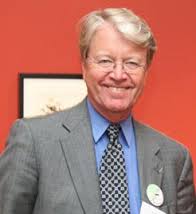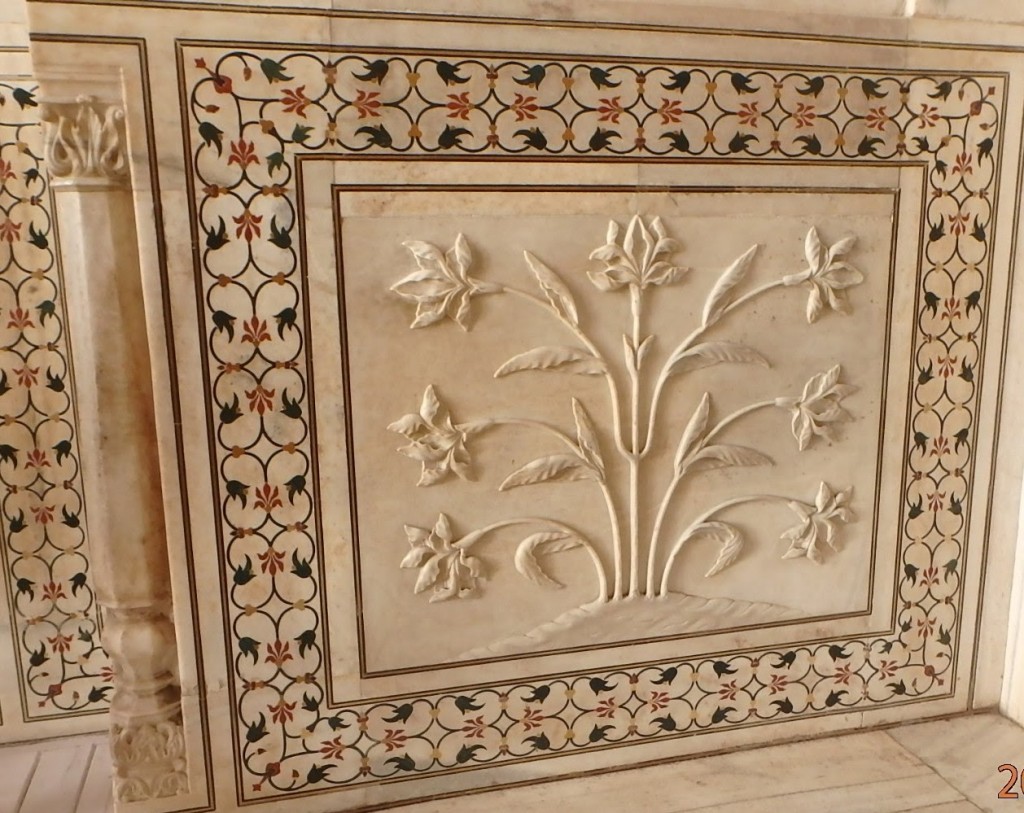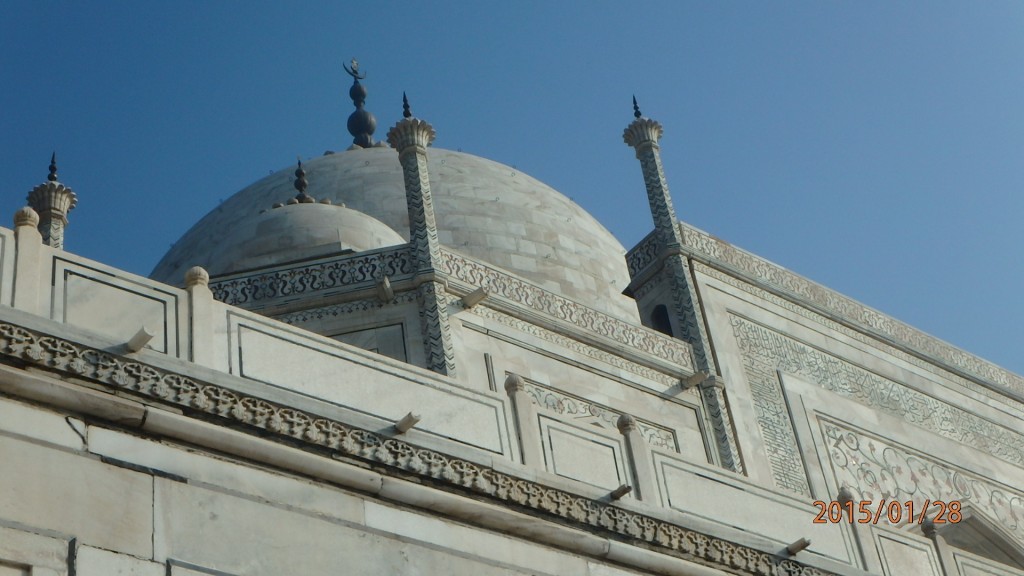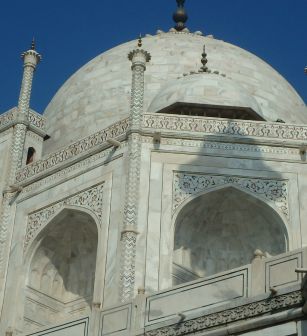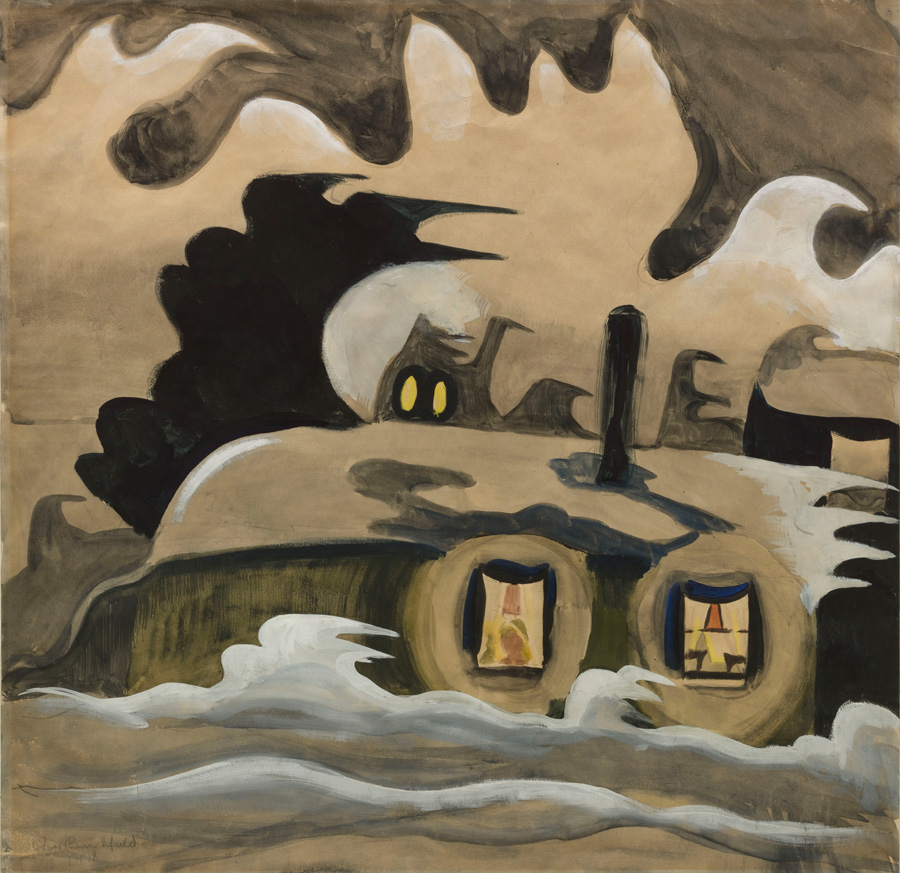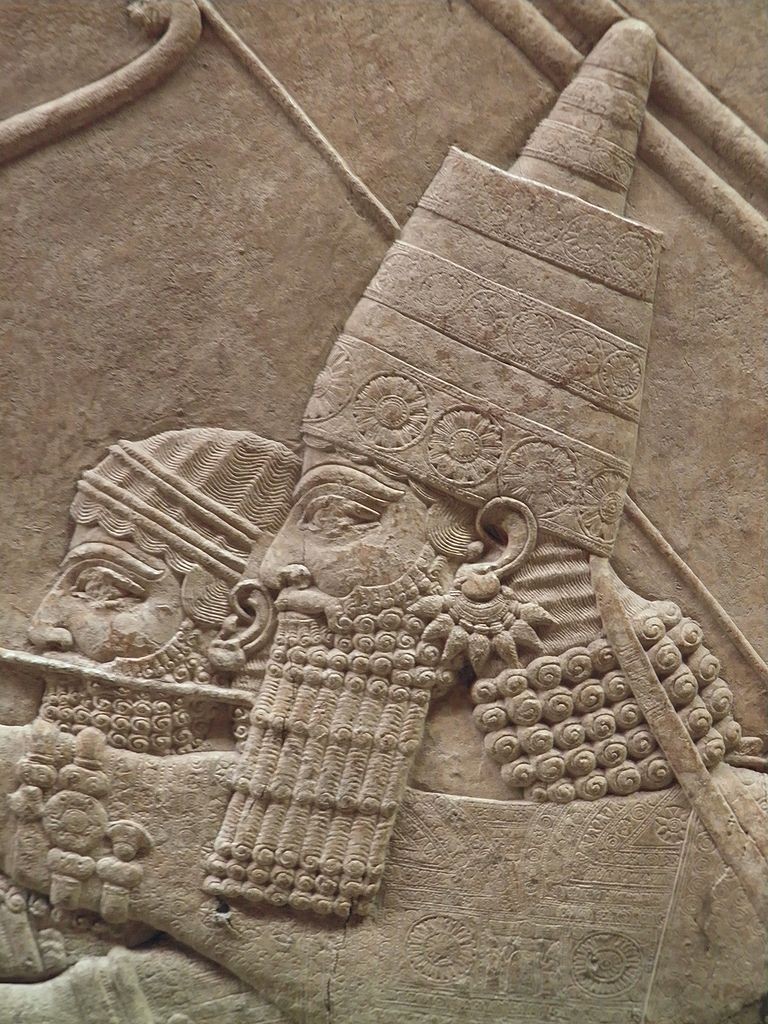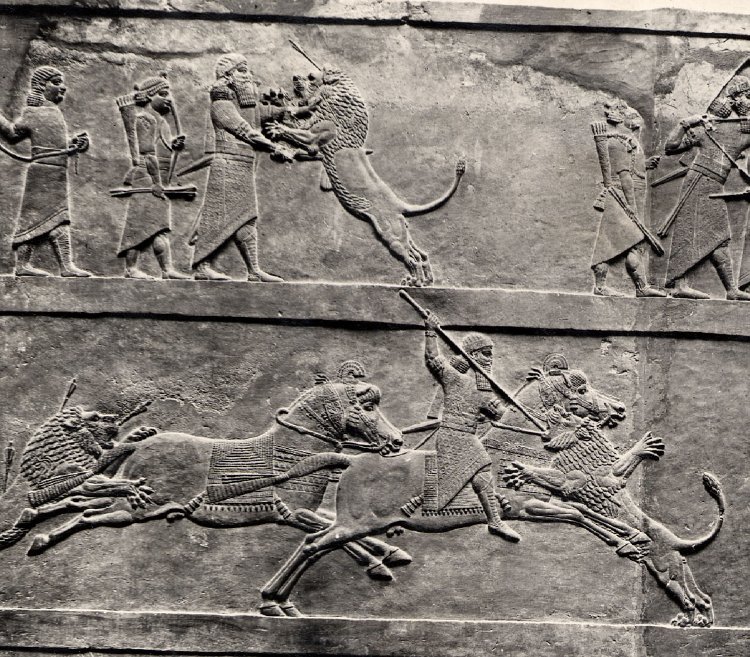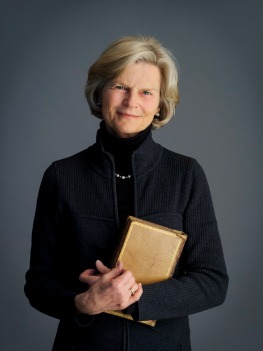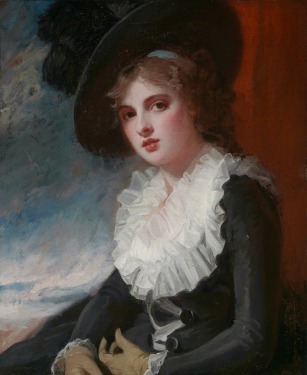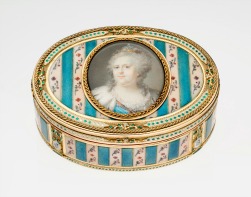Maybe retirement, if that’s what Gary Vikan–former head of the Walters Art Museum–had entered, loosens inhibitions. Vikan’s editorial in today’s Wall Street Journal may not have been written if he still had the job. It’s headlined The Case for Buying Antiquities to Save Them. Â It’s about the unrelenting damage being perpetrated by ISIS, of course.
It challenges the “prevailing view among archaeologists, reflected in bills in Congress, [that we should] ….exclude from the U.S. all antiquities thought to originate in those countries.”
Vikan instead says:
This is a mistake. After decades of museum experience with cultural property of uncertain provenance, I believe that we should accept looted antiquities from these troubled areas, even when such action might be considered “encouraging looting.†The expenses that museums might incur—including the costs of returning the pieces to the countries of their origin—are worth paying to keep them out of reach of ISIS sledgehammers.
No one, anywhere, should buy art from ISIS….[But] In times of extraordinary risk, we should be open to dealing with bad guys to create a safe harbor for works of art. This is an act of rescue and stewardship—and should be done with the explicit understanding that eventually, when the time is right, the objects will be repatriated to the country of their origin.
He is right. In Britain, Neil MacGregor recently said that the British Museum, which he directs, is holding–“guarding”–an object looted from Syria.
In June, the House of Representatives passed HR 1493–provisions here–which among other things allows for such “safe harbor” importation to the U.S. of Syrian antiquities if the President grants a waiver and if no money goes to terrorists. Pretty difficult to determine, but it’s a step in the right direction, I guess. Still it has yet to get into the Senate. You can read more about it on the Cultural Assets blog of Greenberg Traurig.
For Near Eastern antiquities, these are desperate times; they require fresh thinking and the challenging of conventional wisdom.

